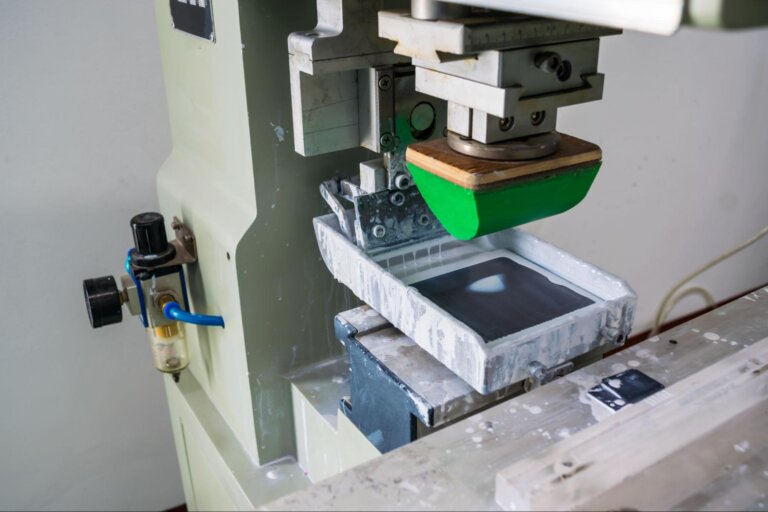Time to read: 3 min
A few weeks ago, we tuned into Dragon Innovation’s live Q&A with CEO Scott Miller to find out the keys to manufacturing success.
One of the early topics that Scott touched on was the pace of change through technology. Scott started working at iRobot in 1998 as a Senior Mechanical Engineer, designing and debugging the newest robotic projects coming down the pipeline. During the early prototyping phase for the first Roomba, Scott and team were working on ways to make the motors spin.
“Back then, there was no Arduino or Raspberry Pi. So we actually had to design our own circuit using an H bridge, then figure out the right capacitors and flyback diodes, pick the components, and send the board out,” says Scott. “We’d get it back, solder it, write the firmware. After a few weeks and hundreds of dollars, we can make a motor spin.”
But technology, both hardware and software, has advanced far beyond that just two decades later. Now, builders and tinkerers can find resources online to copy and paste lines of code to create the same actions.
However, one of the big issues that so many companies still run into as they move forward is transitioning from prototype to production.
Transition from prototype to production step by step
“We like to break it into smaller parts that are more manageable,” says Scott. “The framework we use is what we call ‘The Meeting of Manufacturing’ triangle, which has three vertices: cost, quality, and schedule.”
“The trick is understanding each one of those and managing them so that you can make the critical decisions upfront,” says Scott. “That way, it can set you down the right path to be able to succeed and not have any unpleasant surprises later. This is a fairly complex process and also often will dictate whether you win or lose.”
Scott says that an easy mistake to make is thinking you’re further along in the process than you actually are. Doing so sets you back, and it’s an easy way to get lost in the shuffle. Understanding what stage your product is truly at can also be an indicator of whether you’re ready to hit the market or need to iterate again.
Understand lead time and focus on quality
Another important topic that Scott touched on was the idea of understanding crucial business decisions early on.
“One of the things that often will trip up a company is lead times,” he says. “They’ll order a component for their prototype, get it delivered the next day, and they’re off to the races. When you start building in volume, though, the lead times can frequently jump out to 12 weeks.”
The key? As you’re thinking through what goes into your product and the various parts and components needed that will be needed, know that those decisions often go beyond what you need for a works-like or looks-like prototype. It’s important to understand that the materials and processes chosen can easily affect lead times as you scale.
Coupled with lead time is quality. Early on, skipping over a small quality issue can be alluring, especially if it doesn’t seem mission critical. However, as you scale product volume, the unsolved issues start to scale as well.
Main takeaways
Ultimately, a lot of the success of product manufacturing can boil down to timeline and communication. Good communication is one of the most challenging parts of manufacturing a product, whether it’s internal communication to understand what stage your product is at or openly communicating and getting feedback from the partners that are helping to build your parts.
To learn more about Dragon Innovation, visit their site at www.dragoninnovation.com.










